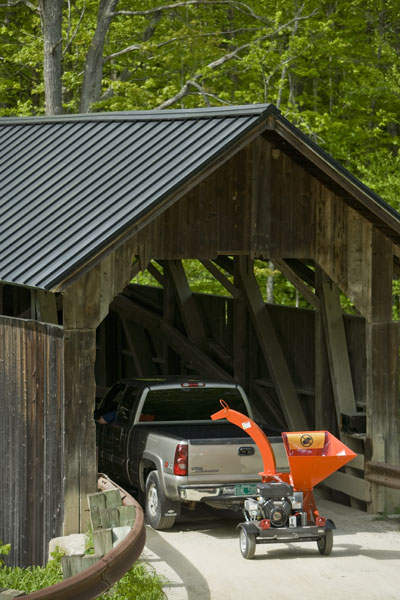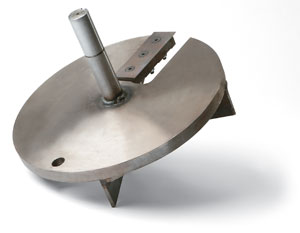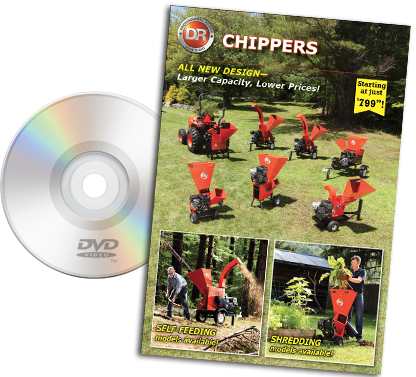5 Essential Features to Look For in a Wood Chipper
 For cleaning up storm debris, clearing trails, taking care of winter’s leftovers in the springtime, and more, a wood chipper is an ideal tool. Not only do they get rid of fallen branches and dead limbs that have been pruned away, but they leave you with natural wood chip mulch that has tons of uses. So what should you look for as you shop for a wood chipper? There are a lot of specs and features to keep track of, so we’ve compiled a list of what we think are the 5 most important features to consider:
For cleaning up storm debris, clearing trails, taking care of winter’s leftovers in the springtime, and more, a wood chipper is an ideal tool. Not only do they get rid of fallen branches and dead limbs that have been pruned away, but they leave you with natural wood chip mulch that has tons of uses. So what should you look for as you shop for a wood chipper? There are a lot of specs and features to keep track of, so we’ve compiled a list of what we think are the 5 most important features to consider:
1. Chipping Capacity.
The first feature you’ll want to look for is the chipping capacity. That is, the largest diameter branches that the machine can handle. Machines with larger chipping capacities are generally more expensive, but chipping branches too large for your machine will stress the engine and could cause damage. So it’s important to be realistic about the size of the branches that you’ll be chipping. Take a look around your property and get a feel for what you’ll want to chip. Machines range in capacity from about 1″ all the way up to 5-1/2″. Capacities larger than that are available, but are usually commercial models that would be unnecessary for most homeowners.
2. Power.
Chipping capacity is usually directly related to the amount of power in a machine’s engine. More power = higher chipping capacity. That means that you’ll want to find the right balance between power and price. You want to have enough oomph to get through all your chipping projects, but not too much more than exceeds your needs.
3. Portability.
Also check out how you’ll get the machine around your property or to your job site. Most models have either handles and wheels for moving it around manually, or wheels and a pin hitch for towing with a tow vehicle. Think about how far you’ll want to go with your machine (i.e. just around the yard, all around a large property, or on public roads) as you consider all your options. If you are interested in a towable wood chipper, be sure to take note of whether it is DOT approved to be towed on public roads. Many models are towable around your property, but not on public roads. And those that are often have limits on the speed you can go.
 4. Flywheel Weight.
4. Flywheel Weight.
Not all brands advertise the weight of their flywheel, but it is an important factor. The chipping knife or knives are built into the flywheel, which is turned by the engine. As it turns, the flywheel gains momentum and holds potential energy. The heavier the flywheel, the more potential energy it holds, thus the less engine power it takes to keep it turning. A heavier flywheel will use less energy (gas!), and chip tougher limbs more easily.
 5. Hopper Size.
5. Hopper Size.
Another important feature to consider is the size of the hopper. It is easier and less time-consuming to put branches into a larger hopper. This may not make much of a difference for small jobs and chipping one or two branches here and there. But try chipping a large brush pile with a small hopper and you’ll certainly take notice!
Want to learn more about DR Chippers and Chipper/Shredders?
Order your FREE Buyer's Guide & DVD!

What's inside
- 24-Page Buyer's Guide
- Action-Packed DVD
- Money-Saving Promotions